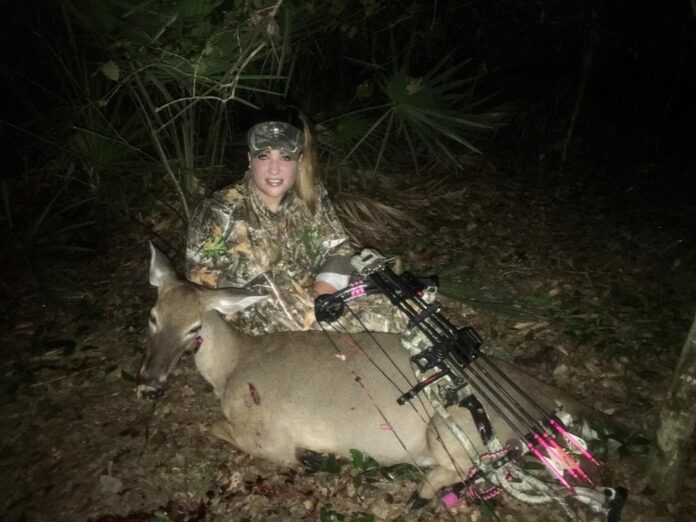Each fall the days begin to really grow shorter, it gets dark much earlier and the sunrise come a bit later. It’s this photoperiod, which triggers whitetail bucks to enter the rut and if the fresh scrapes I’m finding while scouting the local WMA’s is any indicator, our first rut period is now! From now up until our peak rut in mid-January, bucks will be most receptive to deer calls. They’re going to be on their hooves looking for does and challenging other bucks to territorial disputes and in their testosterone-fueled state, they’re often quick to respond to challenge calls or a lonely doe call, which can give you a definite advantage.
I find it funny how many people think that deer are just these mute little critters running around out in the woods. The fact is, they have a fairly wide range of vocalizations. And a good caller should be able to reproduce at least five of those; fawn bleats, doe bleats, doe estrous bleats, challenging buck grunts and tending buck grunts.
Fawn bleats have a few uses in a hunting situation as a high pitched fawn bleat will certainly attract does because it’s their maternal instinct to do so. Even if the doe hasn’t had a fawn that year, she is likely to come and check on the fawn particularly if it sounds as if it’s in distress. More often than not in the weeks around the rut, if you see a doe being followed by a hot buck, you should try to bring in the doe by bleating urgently in a high pitched blast on the bleat call, repeated three or four times.
If you can get that doe to run over to investigate your calling, you can also bring the buck in.
The doe’s bleat is unmistakable when you hear it in the woods. It can be described as a kind of whiny noise, lasting a few seconds. Does use their bleat to communicate with other deer, a common social call to find a companion or just to keep tabs on each other as they move in a herd.
But the tone and urgency changes slightly when they are in estrous. This estrous call is meant to signal a buck that she is ready to breed and when they make this noise, any buck within earshot is inclined to be interested.
If you’re even a little familiar with deer calls and have used one, you’ve probably got a grunt call in your pack. It is a basic piece of equipment you should definitely have with you when you’re deer hunting. Bucks use grunts to communicate a few emotions, but many of them are challenge calls to other bucks or tending grunts for the does. For example, they will use a drawn-out and low grunt to let other bucks know that they are the boss of the area and spoiling for a fight.
While chasing an estrous doe, the buck will emit a short and staccato series of grunts in order to ask the old gal to stop running and hold still….please!
As always, if you have any questions or comments on this week’s column, feel free to reach out to me at [email protected].
God bless and good hunting!

